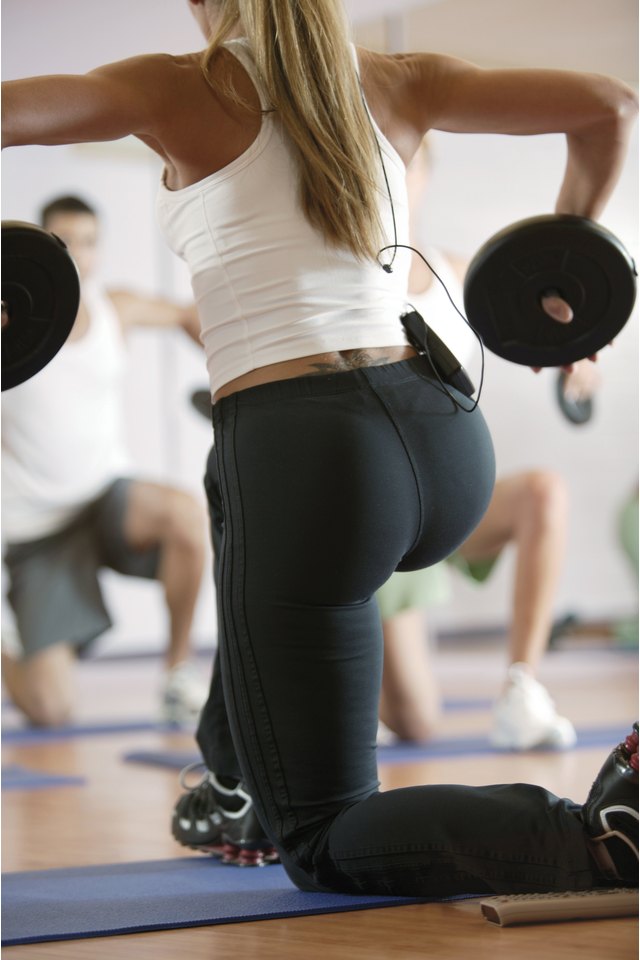The Muscle Groups Used in Back Squats

The squat is one of the most effective exercises for building up the mass and strength of the legs and hips. There are many variations of this exercise, but the most common is the back squat, in which you place a barbell or smith machine bar on your upper back as a means of resistance. Some of the largest muscle groups of the body are worked during the back squat, including the quadriceps, gluteus maximus, and adductor magnus.
Back Squat
The back squat is a compound movement, meaning it involves multiple joints. These include the hip and knee joint. To perform a back squat, position the barbell on your upper back and hold it with both hands. Lift the barbell off the rack and take a few steps back. Stand with your torso upright and keep your back straight throughout the movement. Bend your knees and hips until your thighs are parallel to the ground, and then extend your knees and hips to return to the upright position.
Quadriceps
The quadriceps is a four-headed muscle group comprising of the rectus femoris, vastus intermedius, vastus medialis, and vastus lateralis. The former two muscles are located in the center region of the front thigh, and the latter two in the inner and outer regions. Together, all four heads act to extend the knee. So, during the squat, the quadriceps is the main muscle worked, as knee extension is the main action during the movement.
Gluteus Maximus
The largest and strongest muscle of the body, the gluteus maximus of the buttocks, is almost as heavily involved during back squats as is the quadriceps. This is because there is quite a bit of back extension during the movement, which is the main action of the muscle. The more you lean forward during the downward phase of the squat -- thus needing more back extension during the upward phase -- the more gluteus maximus you work.
Adductor Magnus
The adductor magnus is a two-headed muscle consisting of an anterior and a posterior head. The anterior head acts to adduct the hips. The posterior head acts to extend the hips. Both of these actions are done during a back squat, so both heads of the adductor magnus are worked. The wider the stance you use while doing the exercise, the more hip adduction is required, and thus the more you work the adductor magnus anterior head.
References
Writer Bio
Richard Choueiri is a fitness and nutrition expert and the author of "The Human Statue Workout." He began writing professionally in 2007 and his work has been featured in Bodybuilding.com and "Physique Magazine." Choueiri studied exercise science and nutritional science at Rutgers University. He holds an American College of Sports Medicine CPT, and a National Exercise and Sports Trainers Association CMMACC.
